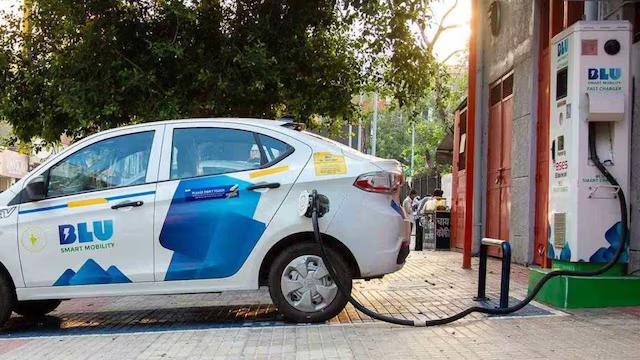
Why has Hyderabad been classified as the Urban Heat Island?
Hyderabad, the vibrant capital of Telangana, has been experiencing a phenomenon that is gaining attention globally – Urban Heat Island (UHI). According to the Telangana government’s Socio Economic Outlook 2025 report, Hyderabad has indeed become an Urban Heat Island, with temperatures rising higher than those in surrounding rural areas. But what exactly is an Urban Heat Island and what factors contribute to its formation? Let’s delve into the details.
What is an Urban Heat Island?
An Urban Heat Island (UHI) is a metropolitan area that is significantly warmer than its surrounding rural areas due to the concentration of human activities, infrastructure, and urban development. This phenomenon is not limited to Hyderabad; many cities worldwide, including Tokyo, New York, and London, have been identified as UHIs.
Factors contributing to the formation of Urban Heat Islands
Several factors contribute to the formation of UHIs, including:
- Increased human activity: As cities grow, so does the amount of energy consumed. This energy is often released into the atmosphere, contributing to the urban heat island effect.
- Reduced greenery: Urban development often leads to the destruction of natural habitats and green spaces, which are essential for absorbing and releasing heat. This reduction in greenery allows the urban area to retain more heat.
- Pollution: Air pollution, particularly particulate matter (PM), can trap heat and prevent it from escaping, further exacerbating the urban heat island effect.
Why is Telangana’s climate and urbanisation making its cities more susceptible?
Telangana’s tropical climate, characterized by high temperatures and humidity, makes its cities more prone to UHI. The state’s rapid urbanization, driven by economic growth and industrialization, has led to the development of sprawling cities like Hyderabad, which are increasingly susceptible to UHI.
Impact of Urban Heat Islands
The consequences of UHIs are far-reaching and can have significant impacts on public health, urban planning, and the environment:
- Heat-related illnesses: Prolonged exposure to high temperatures can lead to heat-related illnesses, particularly among vulnerable populations such as the elderly, children, and those with pre-existing medical conditions.
- Increased energy consumption: Urban heat islands can lead to increased energy consumption, as buildings and homes require more cooling to maintain a comfortable temperature.
- Strain on infrastructure: UHIs can put additional pressure on urban infrastructure, including power grids, transportation systems, and waste management facilities.
What can be done to mitigate the effects of Urban Heat Islands?
To mitigate the effects of UHIs, cities like Hyderabad can implement the following strategies:
- Green infrastructure: Planting more trees, green roofs, and green walls can help absorb and release heat, reducing the urban heat island effect.
- Cooling technologies: Implementing cooling technologies, such as cool pavements and building materials, can help reduce the amount of heat absorbed by urban surfaces.
- Urban planning: Designing cities with green spaces, parks, and public spaces can help reduce the urban heat island effect by providing areas for heat absorption and release.
- Energy-efficient buildings: Building energy-efficient structures with proper insulation and ventilation can help reduce energy consumption and heat generation.
Conclusion
Hyderabad’s classification as an Urban Heat Island is a pressing concern that requires immediate attention. By understanding the factors contributing to UHIs and implementing strategies to mitigate their effects, cities like Hyderabad can reduce the negative impacts of urbanization and create a more livable and sustainable environment for its citizens.
Source:
https://thesouthfirst.com/news/why-has-hyderabad-been-classified-as-the-urban-heat-island/






